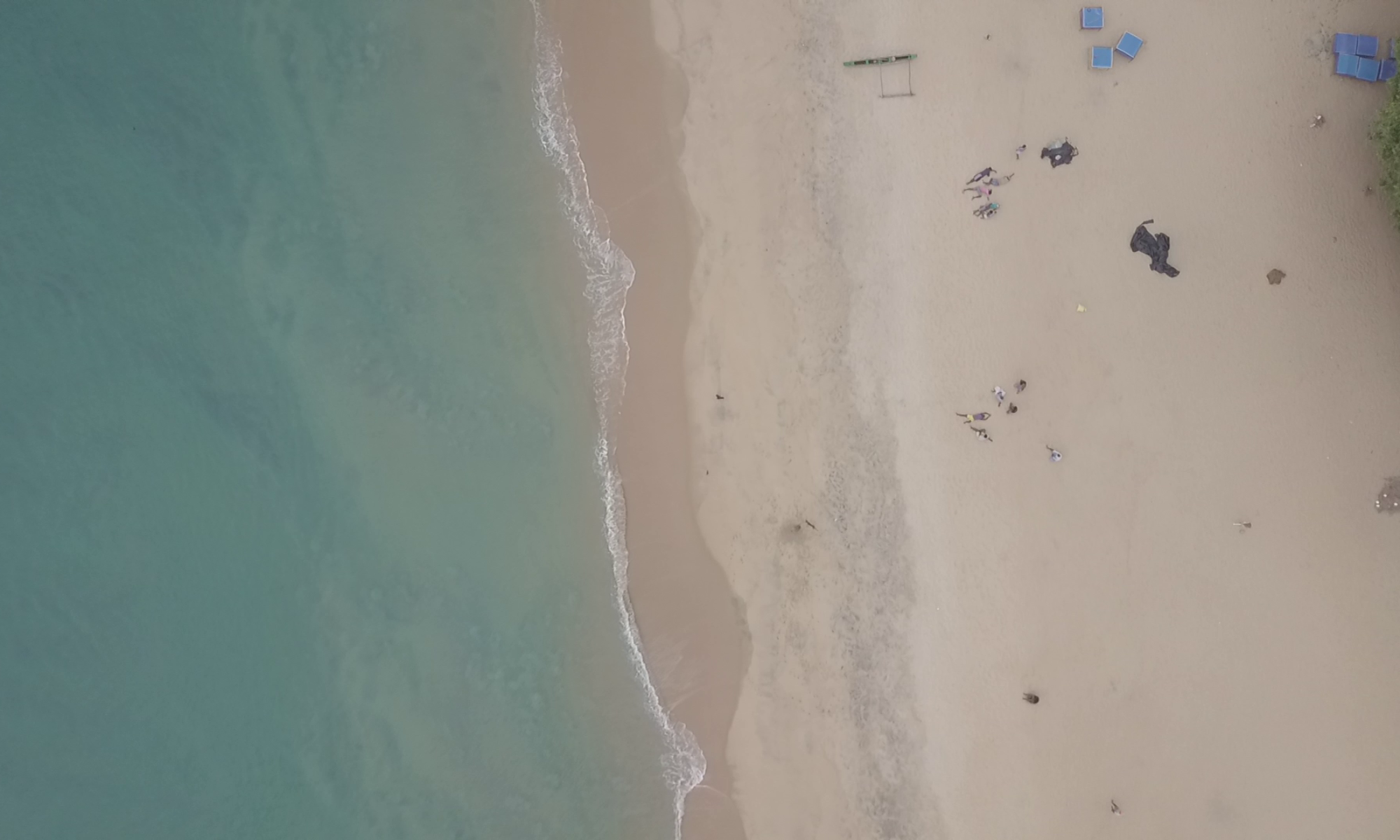SolFM
The goal of this project was to build a solar-powered short-range analog FM transmitter from scavenged parts taken out of broken AM and FM transistor radios, to equip it with a simple microphone, and to place it where it could listen to the “natural” environment but also to the people moving around that environment. It would broadcast that sonic landscape to any person tuned to the right signal on an FM receiver. The idea was to highlight the fact that human presence affects the world in both sensed and unsensed ways, and the presence of a body affects the functioning of an antenna as much as it affects the soundscape. The radio functions as a sort of artificial organism, beholden to the sun for energy to continue “living” and carrying out its daily activities (listening and transmitting what it hears) and serves as a stand-in for non-human biological organisms that we interfere with, for better or worse, everywhere we go.
I gave myself the constraint of using as little gear as possible to scavenge for parts from the old boards (just solder braid, an iron and basic pliers, no ovens or blowers like I would use in my lab) but I also gave myself a backup in the form of kit boards that were the same circuit I intended to build, in case of some misfortune.
What ended up happening was a sort of 3-fold project: a still-in-progress field guide to minimalist scavenging of useful parts from broken tech, the intended solar-powered FM transmitter, and an ad-hoc collaborative performance between myself and William’s solar powered analog bird.
The three parts:
- Working to dissassemble the boards with minimal gear proved challenging, mostly because of power outages and multiple broken soldering irons. But that difficulty just spurred the idea to create the field guide zine.
The title page is here:
Learning to determine what is and isn’t useful from a piece of broken tech is an important skill in a world that increasingly requires all of us to consider use and re-use carefully, and learning to remove it safely is equally if not more important. Some of the useful parts separated from the radios:
The field guide will be in ongoing development with the Media Archaeology Lab, and will be tested with volunteers and students for usability before publishing.
- I assembled the kits I brought along as a backup because of the difficulties with disassembly – here’s a dissassembly in progress and me being slightly exasperated:
Once the kits were put together I got the circuit running off of solar cells – fortunately straightforward. I scavenged those mostly from solar powered garden lights and fountain pumps, so they’re pretty ideal for areas with unforgiving climates. Scavenging usable parts from discarded consumer tech is an extremely cost-effective way to get not only parts but also fully functioning circuits that can be integrated into projects – often with less effort and better results than building things fully from scratch.
Once the kits were assembled and tweaked to appropriately take power from solar rather than a DC power supply or battery, they worked beautifully. Here I am finishing up the kit:
The signal strength was even more dependent on the strength of the sun than expected, which was an excellent discovery and really added to the overall feeling of tenuous aliveness that the radio had. Here it is perched on a coconut in the courtyard:
And me tweaking the signal:
- The performance with William came about when we were both toying with our solar-powered projects and realized that we could make them talk to eachother. William’s project’s speaker was placed directly beside the transmitter’s microphone and we were able to pick up that transmission on the receiver from a pretty significant distance – inside the building at DreamHive from across the yard. The projects were shown together perched on a plumeria in the yard for the open house. Here we are tinkering:
And here are some better shots of both the bird and the transmitter:
Ultimately a really fun way to play with the attributes of both projects.
Technical details:
The circuit diagram I worked from was published in Radio Is My Bomb and has been published on Tetsuo Kogawa’s website along with instructions and parts lists. The analog circuit kits I adjusted for use follow the same basic circuit as Kogawa’s simplest FM transmitter, and required only adjustments to the power jack to work well with the solar panels. I did swap out a resistor for a lower value in the power line but that was probably ultimately unnecessary.


